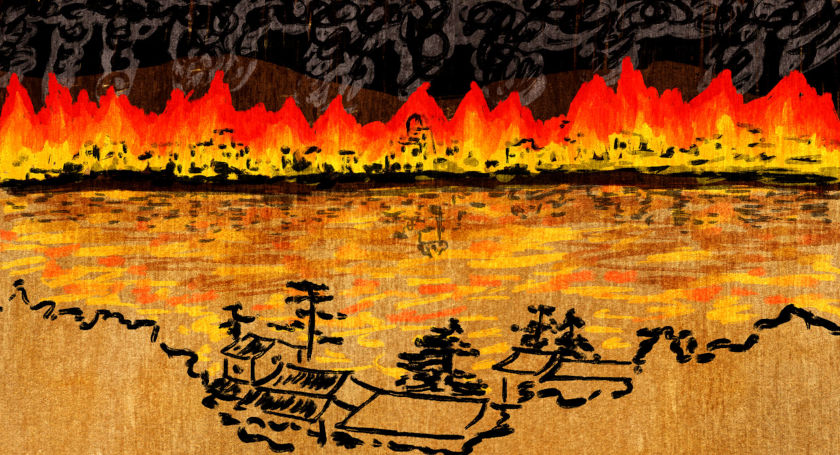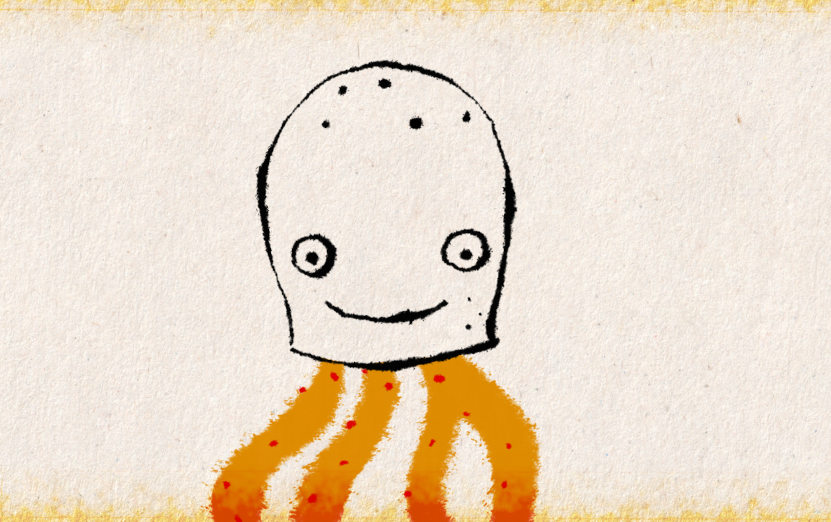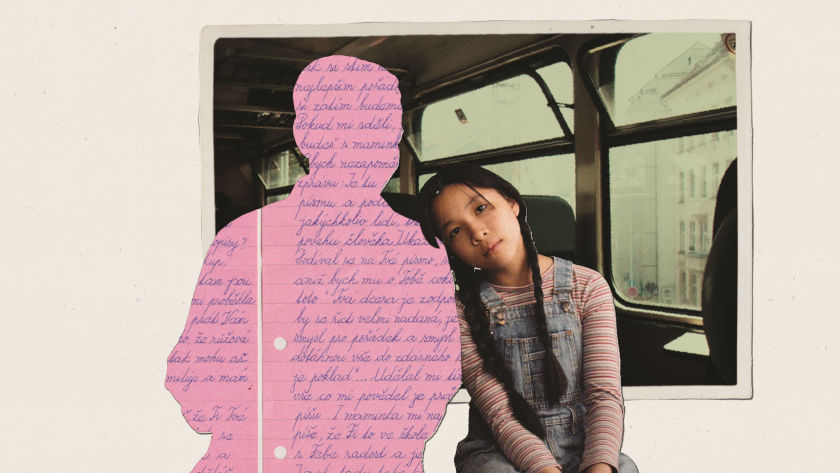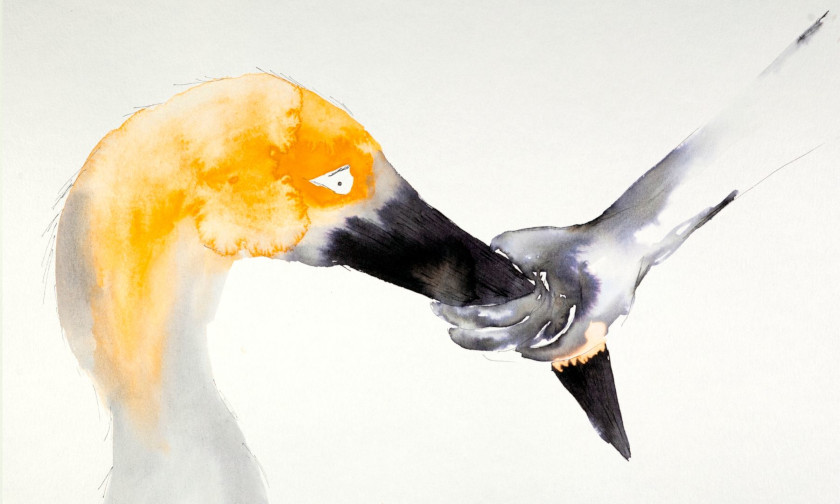'Obon' by Anna Samo and André Hörmann: Film Review
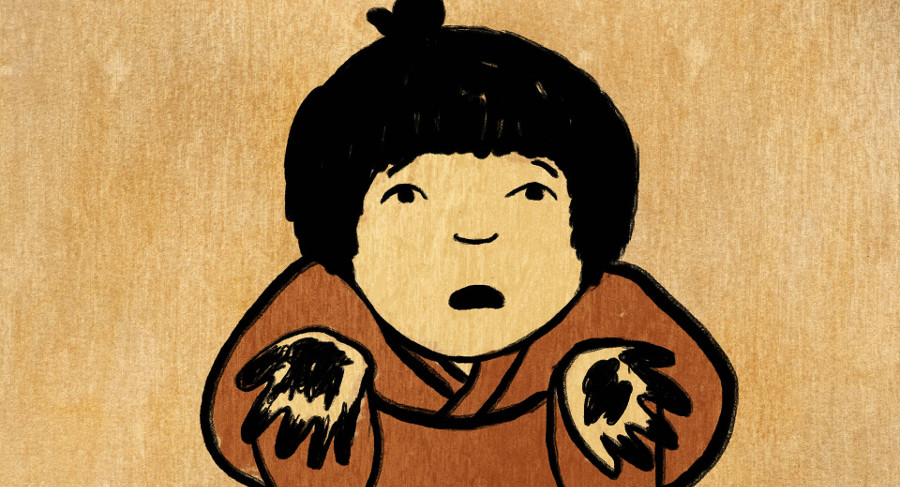
'Oppenheimer' may have brought the nuclear bomb catastrophe discussed again, but from the side of the perpetrator. US-based Anna Samo (Conversations with a Whale) and German-based André Hörmann instead craft a short animated documentary on Akiko Takakura. Takakura was one of the last remaining survivors (she died in 2020) of the Hiroshima atomic bomb attack. She survived by pure luck; only of the 10 people within a radius of 500 meters from ground zero survived the atomic bomb blast.
The film went on to win the Silver Dragon Award at the 58th Krakow Film Festival, and an array of other awards and acclaimed festival selections followed.
Making OBON was not easy. It exhausted me, tore something in me apart, made me grow up in a way I never planned. I had to become vulnerable in order to pass on emotion. While researching the visuals for the film, I pored over a book of pictures made by survivors of the Hiroshima and Nagasaki bombings. For me, the most overwhelming images were drawn by people who were not artists. Without craft or artistry to hide behind, the drawings told stories unfiltered, made me hear shaking voices saying: this is what happened to us - Anna Samo, director
Watch 'Obon':
Film Review (Vassilis Kroustallis):
Obon is the Buddhist ceremony of remembering your dead, and the days in which the spirits return home. 'Obon' by Anna Samo and André Hörmann makes this the cornerstone of its narrative, having its main character returning to the land of her childhood -and the nuclear despair. It is a welcome angle to bring back all the flashbacks of a rather traditional (but still familiar) family: a strict father who thinks of his role as a caretaker and not a love giver, the kids who are unaffected by political worries -and a general militaristic atmosphere that is meant to backfire.
The 15-minute animation short is a well-planned portrait of Hiroshima survivor Akiko Takakura, making her character vivid before the actual event: a joyful, trustful, friendly person who happens (along with her friend) to be in the wrong place at the wrong time. Samo and Hörmann save the despair sequences for the middle part of the film -and they are right. We have enough material to digest before our eyes get into the Goya-like, reddish hell that looks like a dance of demons (and it is shown that way). The nuclear blast event is here represented both in wide shots and in close-ups, but always with people present (we only see Enola Gay in newspaper clips). The sound design of burning hands dropping off people's bodies like branches falling off from the trees makes it clear that there is more than death here; it is the deprival of the future.
No wonder the Japanese present is seemingly oblivious to its past in the film (traffic and travel guides and fast cars always seem to forget). The engraving attribute of the film visuals is opposing any fast and easily disappearing movements. 'Obon' is strategically placed to tell a social horror story in terms of a personal narrative; it does it admirably, and some of its images are indelible. It lets the survivor tell her own story, but couches this in an environment between past and future that stubbornly refuses to change its identity -except for finally being more empathetic, like the survivor's father. The scene of the father washing his daughter's 'dirty' hands offers a sort of humane medicine and becomes one of the best scenes in this gripping, strikingly haunting film.
